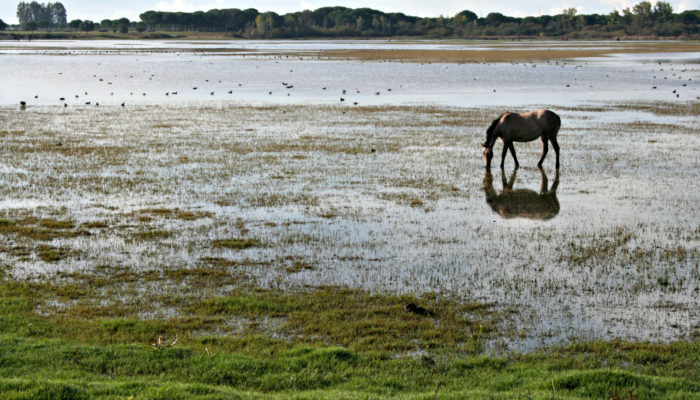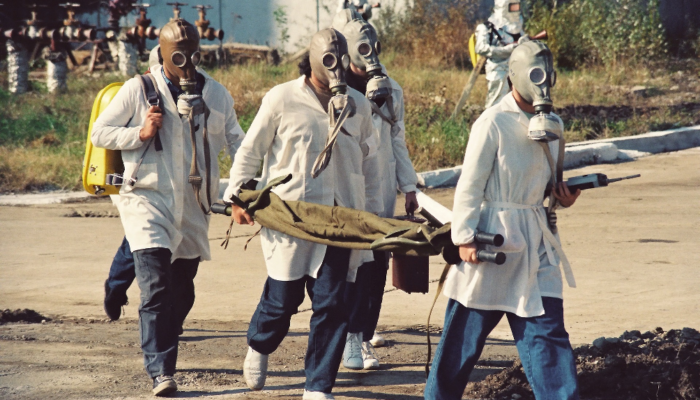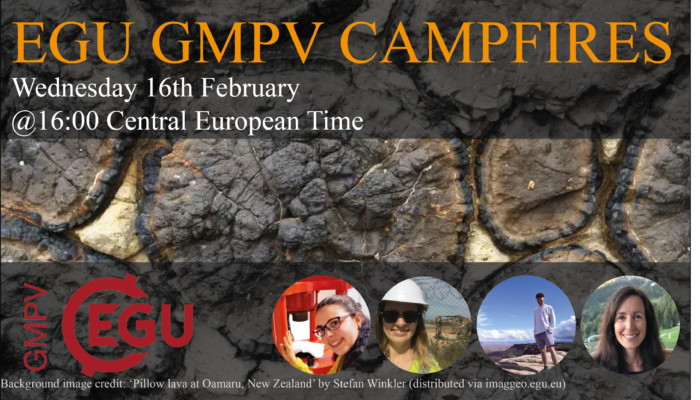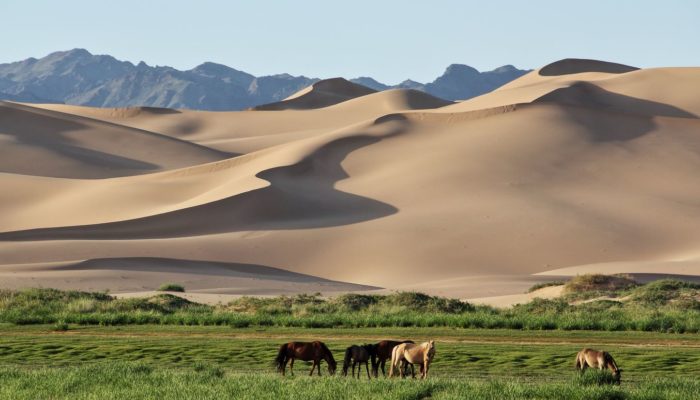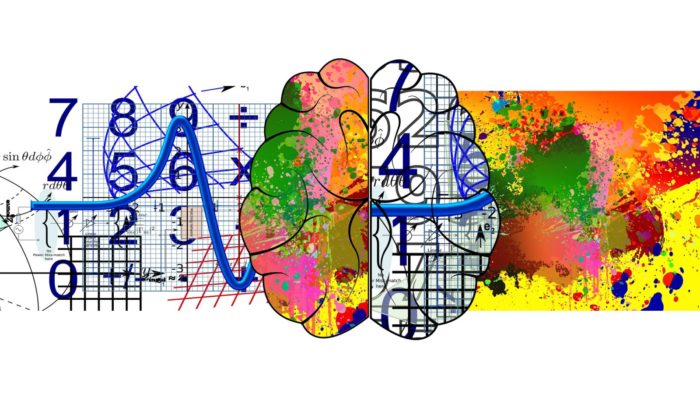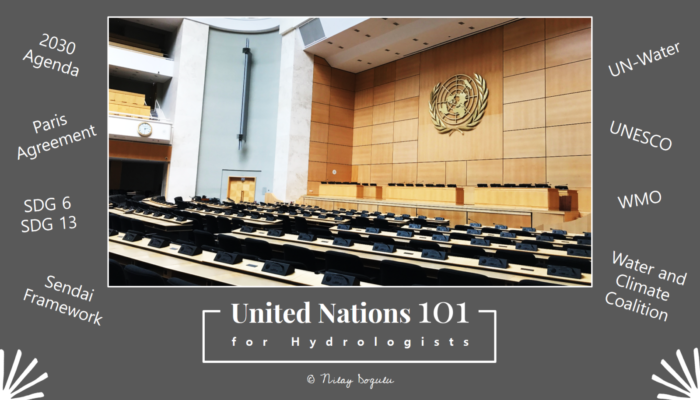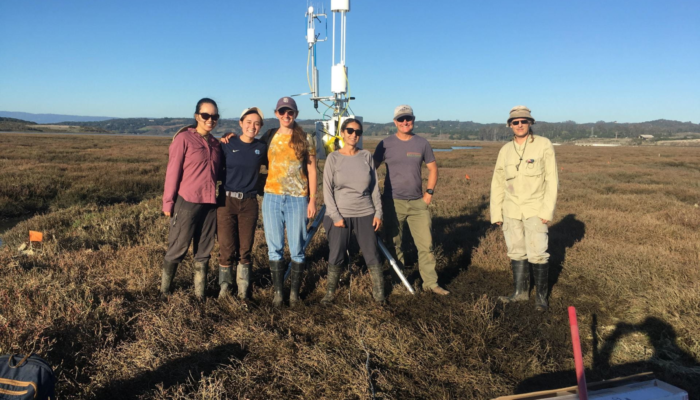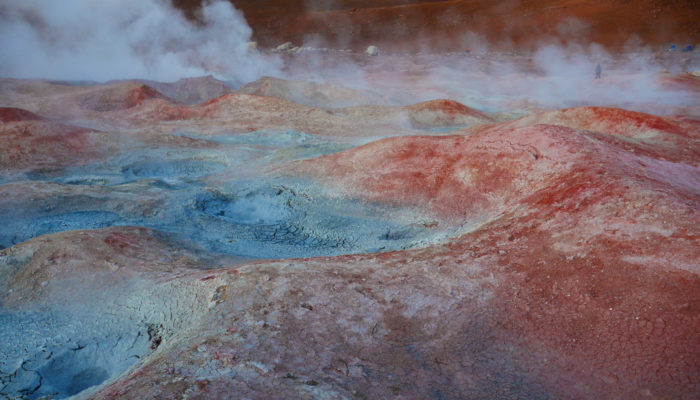The coast line of Huelva is furrowed by wetlands and sprinkled with salt flats. These areas are a sanctuary for wildlife and are visited by migrating birds travelling between Europe and Africa. In these wetlands grow the salt cedar, the Phoenician juniper, the mastic tree, the Montpellier cistus, the rockrose, the kermes oak, rosemary, cordgrass, reeds and bulrushes. The picture shows part of the ...[Read More]
Natural Hazards
Who’s afraid of Natech?
Natural hazards that impact industrial sites and result in technological accidents, causing the release of hazardous substances, are referred to as Natech events. In the popular imagination, Natech accidents are triggered by major natural hazard events. However, experience tells us that low magnitude natural events, such as lightning or heavy rains, are sufficient to cause enormous adverse effects ...[Read More]
Geochemistry, Mineralogy, Petrology & Volcanology
EGU GMPV ECS Campfires – 16th Edition
After a short winter break, the Geochemistry, Mineralogy, Petrology and Volcanology division’s early career scientists talks (EGU campfires) are back! The first session in 2022 (and 16th overall) will be a general format event. The talks will be held on Wednesday 16th February at 4pm CET on Zoom. Our four speakers are: Barbara Bonechi (PostDoc @ Sapienza University of Rome, Italy) – High pre ...[Read More]
GeoLog
GeoPolicy: Don’t Look Up – could better science advice have saved the planet?
Note: Spoilers Ahead! If you haven’t already seen it, go and watch Don’t Look Up – and then come back to this blog to find out what the scientists in the film could have done to better connect and communicate with the policymakers involved! Don’t Look Up gives us a terrifying example of what could happen when policymakers ignore the science. The film tells the story of two astronomers, PhD candida ...[Read More]
GeoLog
Feeling stressed lately? The EGU ECS Working Group ‘Work-Life-Balance’ can help!
The feeling of being ‘a little out of balance’ is probably something we all encounter at some point in our lives. Stress is on the rise, with the constant pressure to ‘do something special and meaningful.’ Coping with this situation can be challenging and there is no magic recipe that fits for all. The good news is we have uncovered a few ingredients you can choose from to ...[Read More]
GeoLog
EGU Photo Competition 2022: Now open for submissions!
If you are registered for the 2022 General Assembly EGU22 (23 – 27 May), you can take part in our annual photo competition. Winners receive free registration to next year’s General Assembly! It’s that time of year again! Yes, yesterday on the 1 February, the twelfth annual EGU photo competition opened for submissions!! Until 14 April, every participant registered for the General Assembly can ...[Read More]
Geodynamics
Catching up with Iris van Zelst on everything outreach, science communication, and vlogging
Following from last week’s post on the Science Sisters series, this week we sit with outreach extraordinaire and EGU GD blog editor-in-chief Iris van Zelst to talk about all things scicom, vlogging and a new geological time game that you do not want to miss out on! Hi Iris, thanks for chatting with us! First things first tell us a little bit about yourself and what you do! Thank you very much for ...[Read More]
Hydrological Sciences
United Nations 101 for Hydrologists
Did you feel the roar of water during the 2021 United Nations (UN) Climate Change Conference (aka COP 26) hosted at the Scottish Lowlands? It was the first time that the venue had a Water Pavilion in the COP history since 1995. The hashtags #Water4Climate with #COP26 were extremely popular in the social media channels. With the elevated status of water for climate adaptation, hydrological sciences ...[Read More]
Biogeosciences
Meet Adina Paytan- Vladimir Ivanovich Vernadsky medal winner 2022
We spoke to Dr. Adina Paytan, Research Scientist at the Institute of Marine Sciences, University of California, Santa Cruz and Vladimir Ivanovich Vernadsky medal winner for 2022. The Vladimir Ivanovich Vernadsky medal is awarded annually by the Biogeosciences division to those who make an exceptional contribution to biogeosciences. Can you tell us a bit about your background and how your career pr ...[Read More]
GeoLog
Imaggeo On Monday: Intriguing artwork by heat-loving microbes
The geothermal area Sol de Mañana is part of the Altiplano–Puna volcanic complex shared between Bolivia and Chile. The area is characterized by volcanic activity and the sulphur springs host mud lakes and steam pools. The different colours stem from thermophilic, hyperthermophilic and acidophilic bacteria that colonize areas of varying temperatures. Description by Julia Miloczki, after the ...[Read More]

